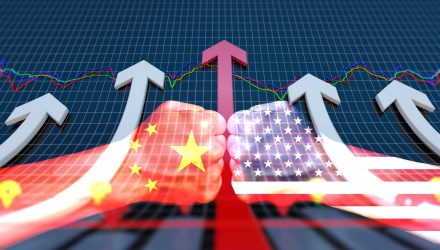The truce reached at the G-20 Summit didn’t quell investor fears as markets fretted on the notion that a trade deal can only materialize after lengthy discussions between the two economic superpowers. Furthermore, contentious topics like forced technology transfer and intellectual property could also derail negotiations.
Trump and Jinping met at the G-20 Summit in Buenos Aires, putting global markets on pause as the two economic superpowers met to hopefully ameliorate their trade differences. As part of the agreement, both nations agreed to withhold imposing further tariffs on each other for 90 days while they work out a firm, ironclad deal.
Until then, trade talk could continue to permeate the markets through 2019 and top Australian economists are already predicting that a trade war could trigger the next black swan event.
“More overt retaliation from China to the US and Western developed countries more broadly, in part fuelled by trade and IP tensions, is a key risk,” RBC Capital Markets chief economist Su-Lin Ong said.
March 1 marks the official end of the 90-day truce.
For more market trends, visit ETF Trends.

